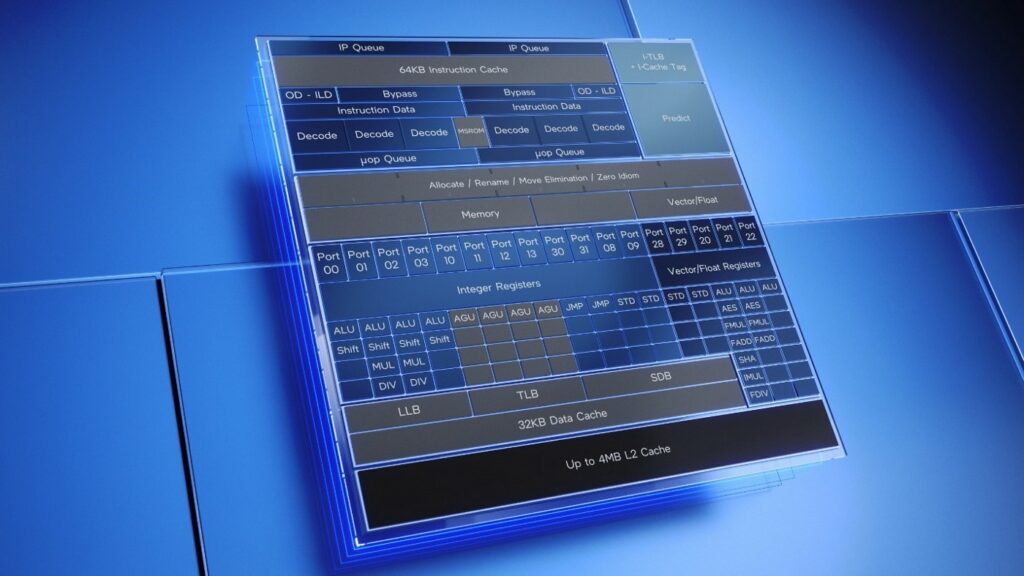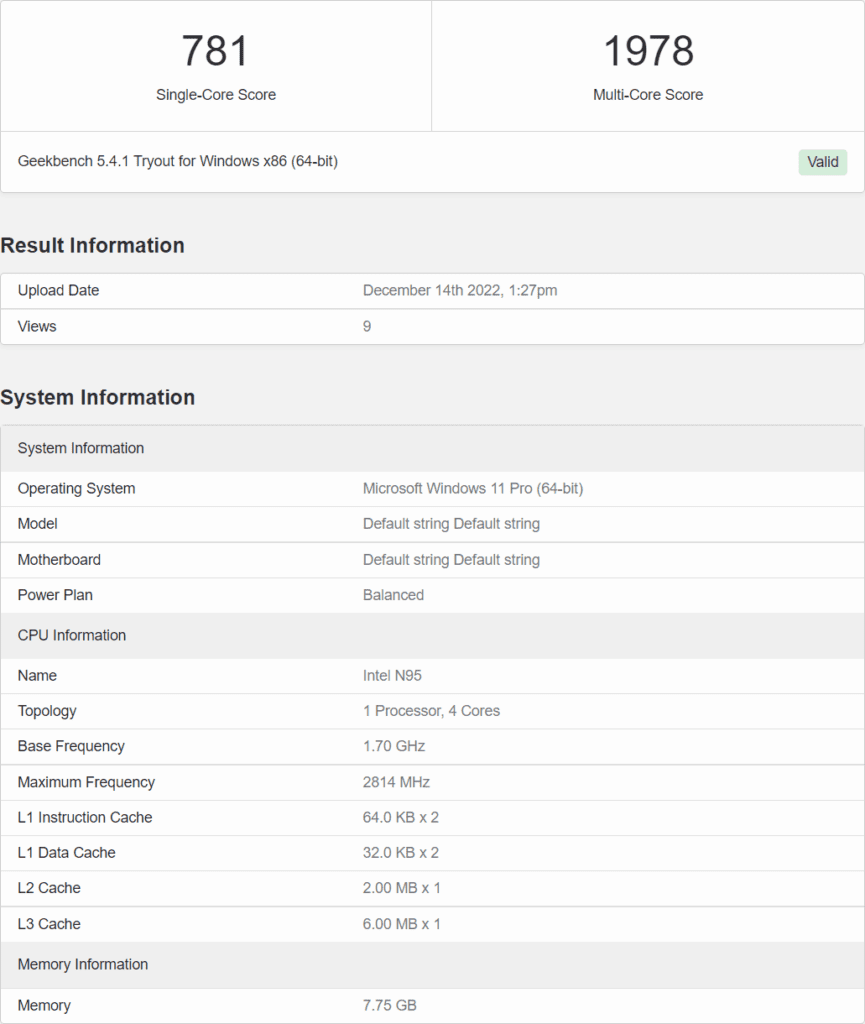Intel is preparing CPUs with all-E-Core designs for its ‘Alder Lake-N’ portfolio, which will comprise the N200, N100, and N95. In addition, Intel is discontinuing the Pentium and Celeron branding, and entry-level chips will instead be branded as either the regular ‘Core’ or the ‘N’ parts. The ‘Core’ SKUs will have either a hybrid or a P-Core-only design, whereas the ‘N’ SKUs will have an E-Core-only design.
So far, we’ve only known about two Intel Alder Lake-N SKUs, the N200 and the N100, but it appears that the blue team has a third variation called N95, not that N95 (Mask). While the N200 and N100 have two Gracemont E-Core clusters, the N95 appears to have a single-enabled cluster. As a result, the Intel N95 has four cores and four threads.

The Intel N95 CPU has a base clock speed of 1.70 GHz and maximum clock speeds of up to 3.1 GHz.
In addition, the CPU has 6 MB of L3 cache and 2 MB of L2 cache. The platform on which the microprocessor was running was not specified, but it did have 8 GB of RAM. We can expect an LGA 1700/1800 socketed platform because these are supposed to be desktop Pentium/Celeron replacements.

In terms of performance, the CPU received 781 points in single-core testing and 1978 points in multi-core testing. Because of its doubled threat count, the first-generation Ryzen 5 1400/1500 CPUs with 4 cores and 8 threads give comparable single-threaded performance and roughly 60% greater multi-threading performance. The key distinction is that those chips were rated at 65W, but the Alder Lake-N CPUs are certified at a substantially lower TDP. Intel’s Alder Lake-N CPUs are yet to be released, but we may expect them to appear in OEM PCs in early 2023.
Also Read:








